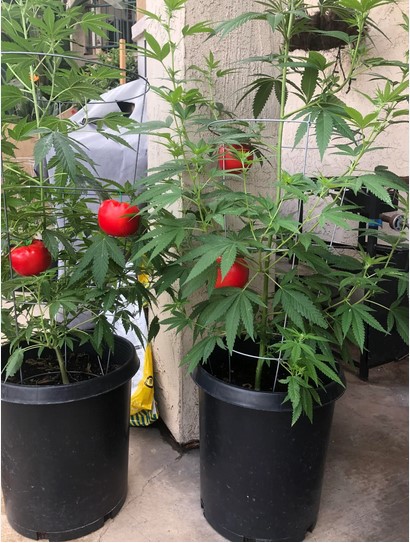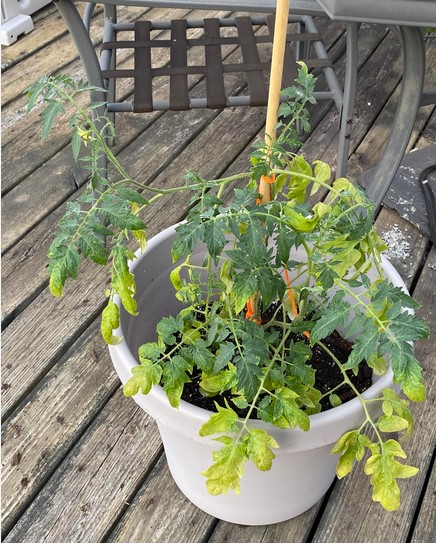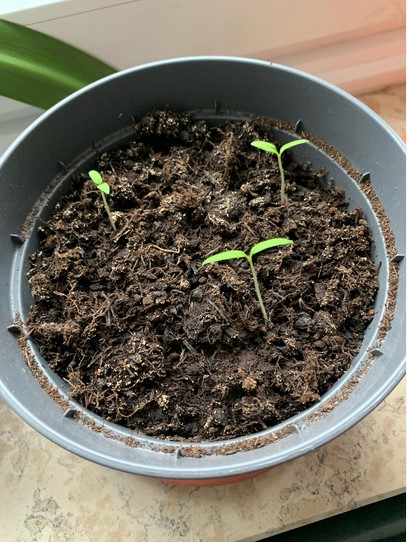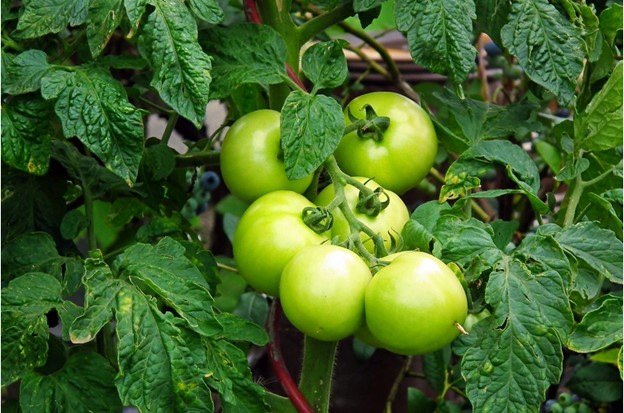Tomatoes (Solanum lycopersicum) are among the most widely cultivated vegetables worldwide. Yet, they are highly susceptible to blossom-end rot (BER)—a condition resulting from calcium deficiency in the developing fruits. Interestingly, BER often happens not because of low soil calcium, but due to poor calcium uptake and transport within the plant.
Understanding how often and when to apply calcium is crucial to ensuring healthy tomato growth. This article explores calcium’s role, why deficiencies occur, best sources, and a detailed, research-backed schedule for calcium application.
The Role of Calcium in Tomato Plants
Table of Contents

Calcium is critical for multiple plant processes:
- Strengthens cell walls and tissues.
- Regulates enzyme systems within cells.
- Maintains membrane integrity and transport.
- Helps in stress signaling and defense.
- In tomatoes, calcium is especially vital during fruit set and early fruit growth. A shortage during this window directly leads to blossom-end rot.
Why Calcium Deficiency Occurs

Calcium issues can arise even in calcium-rich soils due to:
- Inconsistent watering – Calcium moves with water; dry spells disrupt transport.
- High nitrogen or potassium levels – These compete with calcium for uptake.
- Excessive humidity – Reduces transpiration, slowing calcium movement to fruits.
- Poor root health or compacted soil – Restricts calcium uptake.
Common Sources of Calcium for Tomatoes
The main ways to supply calcium are:
Calcium Nitrate
- Method – Fertigation or foliar spray.
- Bonus – Supplies nitrogen too.
Gypsum (Calcium Sulfate)
- Method- Soil amendment.
- Advantage – Doesn’t alter soil pH.
Agricultural Lime (Calcium Carbonate)
- Method – Soil amendment.
- Bonus – Raises soil pH (good for acidic soils).
Foliar Calcium Sprays
- Method – Sprayed directly onto leaves and fruits.
- Use – Fast but temporary correction.
Chelated Calcium (e.g., Calcium-EDTA)
- Method – Foliar or fertigation.
- Advantage – Fast-acting and highly available, but more expensive.
When and How Often to Apply Calcium

1. Pre-Planting (Soil Preparation)
Apply lime or gypsum 2–3 months before planting.
- Apply based on soil test results.
- Maintain soil pH between 6.2–6.8.
- Achieve calcium base saturation around 60–80%.
2. Early Growth Stage (Seedling to Pre-Flowering)
- No foliar calcium required if no deficiency symptoms.
- Focus on even soil moisture and balanced fertilizer programs.
3. Flowering to Fruit Set (Critical Calcium Uptake Phase)

- Begin weekly foliar calcium sprays or calcium nitrate fertigation.
- Foliar Spray – 1–2 teaspoons of calcium nitrate per gallon of water, spray weekly.
- Fertigation – Deliver 100–150 ppm calcium once per week.
- Ensure consistent irrigation—water stress at this stage increases BER risk.
4. Fruit Development Stage (First Fruit to Harvest)

- Continue weekly foliar applications or bi-weekly fertigations.
- If growing conditions are stressful (e.g., dry weather or rapid growth), increase calcium spray frequency to twice per week.
5. Post-Harvest Soil Management
- Retest soil for calcium depletion.
- Reapply lime or gypsum as needed to prepare for next planting.
Best Practices for Monitoring and Adjustment
Soil Testing:
- Test before planting.
- Retest mid-season if needed.
- Leaf Tissue Analysis -Sample the 3rd–5th youngest leaves.
- Target calcium content -1.2–3.5% dry weight.
- Visual Monitoring – Watch for early signs of blossom-end rot: small, water-soaked spots that enlarge.
- Correct early by boosting calcium availability and improving watering practices.
- Corrective Actions (if BER appears)- Increase foliar spray frequency to 2–3 times per week.
- Cut back slightly on nitrogen and potassium fertilizers if excessive.
- Improve irrigation uniformity and consistency.
Quick Summary Schedule for Calcium Application
Pre-Planting
Soil amendment (lime or gypsum) once, 2–3 months before planting.
- Foliar sprays – Weekly with calcium nitrate or chelated calcium.
- Fertigation or foliar spray – Once or twice per week, depending on plant stress.
- Leaf tissue tests – Every 2–3 weeks, adjust applications based on results.
Wrapping Up
Applying calcium to tomatoes is not just about adding minerals—it’s about consistent supply during critical growth stages.
Weekly calcium sprays or fertigations starting from flowering, plus balanced soil and irrigation management, will greatly reduce the risk of blossom-end rot and ensure high-quality, healthy fruits.
By combining proactive planning (soil preparation) with reactive management (foliar sprays when needed), tomato growers can maintain robust plants and maximize yield.
Leave a Reply